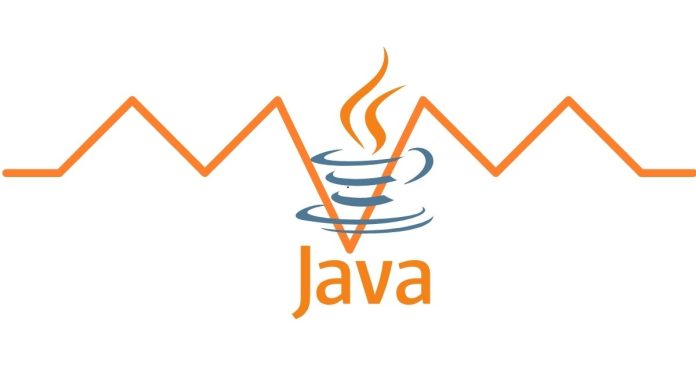In Java, binding refers to the process of associating a method call with the method definition. There are two types of binding: static binding and dynamic binding. Understanding the difference between them is crucial for mastering object-oriented programming in Java.
Static Binding
Static binding, also known as early binding, occurs at compile time. It is the default behavior for methods that are resolved based on the reference type, not the object type. Static binding typically happens with methods that are private, final, or static, where the method’s behavior is determined at compile time.
For instance, when a method is called on an object, the method associated with that reference type is chosen, even if the actual object is of a different subclass. Since static binding happens at compile time, there is no need to inspect the actual object type during runtime.
Example:
If a method is called on a reference of a parent class, but the method is overridden in a subclass, static binding would call the method in the parent class if it’s not marked as final or static.
Dynamic Binding
Dynamic binding, also known as late binding, occurs at runtime. It is typically used with overridden methods in Java. The method that gets executed is determined by the actual object type, not the reference type. This means that Java will examine the object’s actual type during runtime to decide which method to invoke.
Dynamic binding enables polymorphism, where a subclass can provide a specific implementation for a method defined in a parent class. This flexibility is a key feature of object-oriented programming, allowing code to be more flexible and reusable.
Example:
If an overridden method is called on a reference variable, Java will invoke the method based on the actual object type at runtime.
Conclusion
In Java, static binding and dynamic binding are crucial concepts that affect how method calls are resolved. Static binding is faster and resolved at compile time, while dynamic binding provides more flexibility and supports polymorphism, being resolved at runtime. Understanding both types is essential for writing efficient, maintainable, and flexible Java programs.


